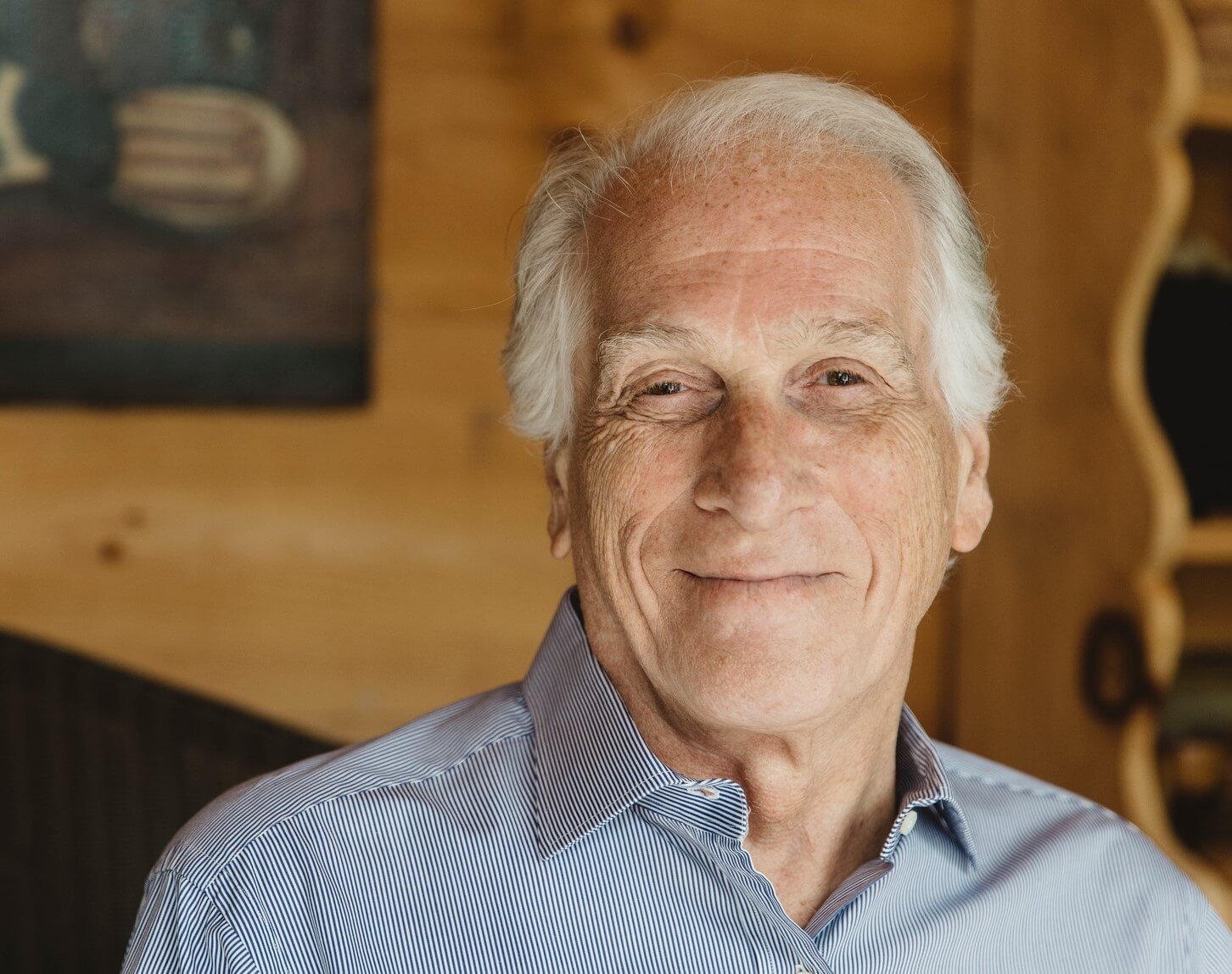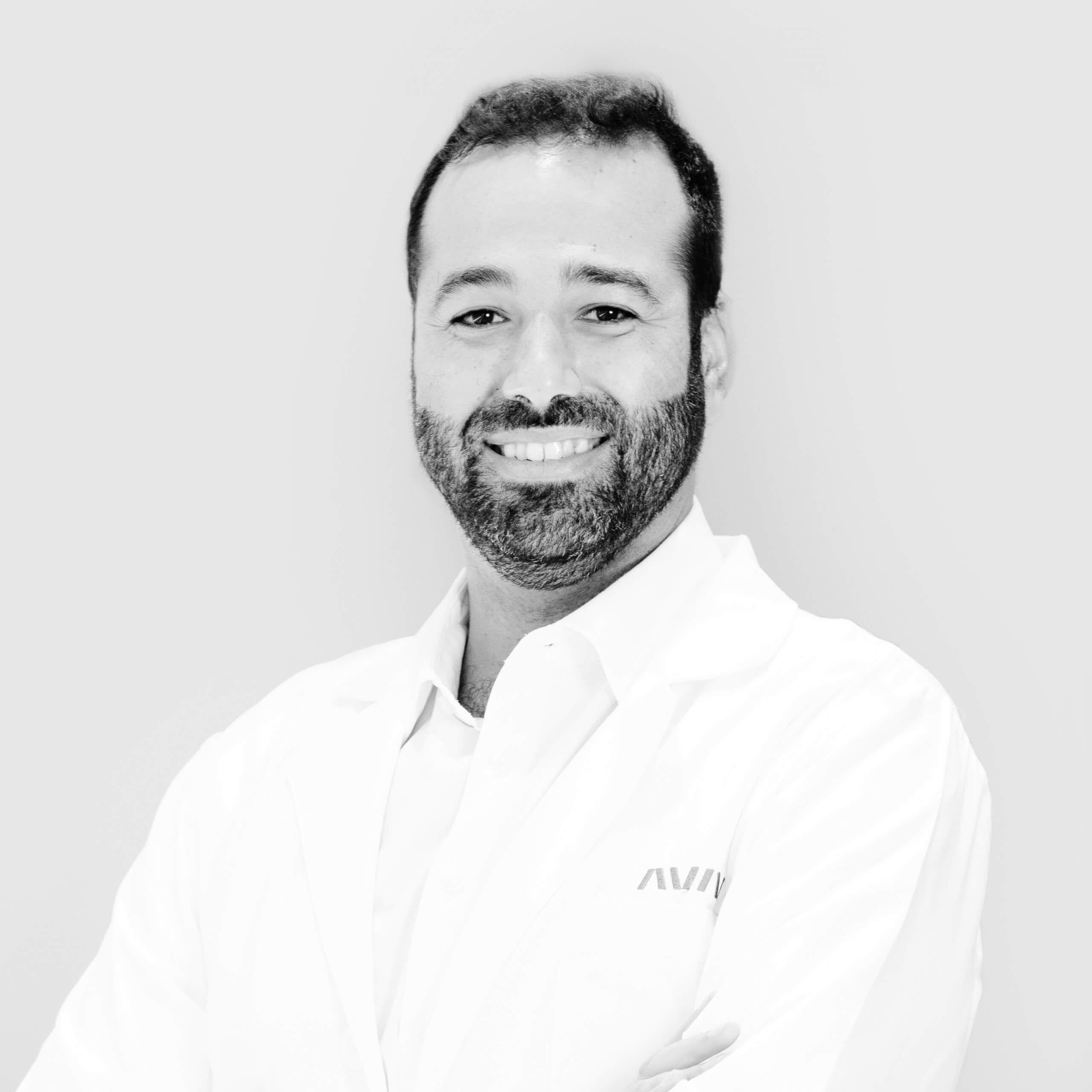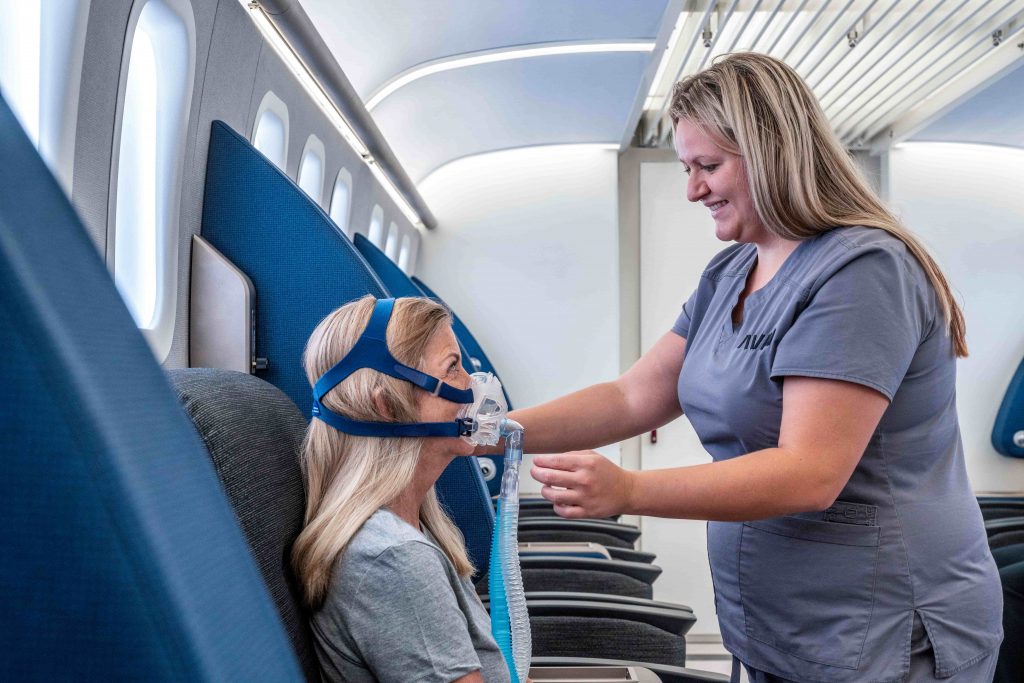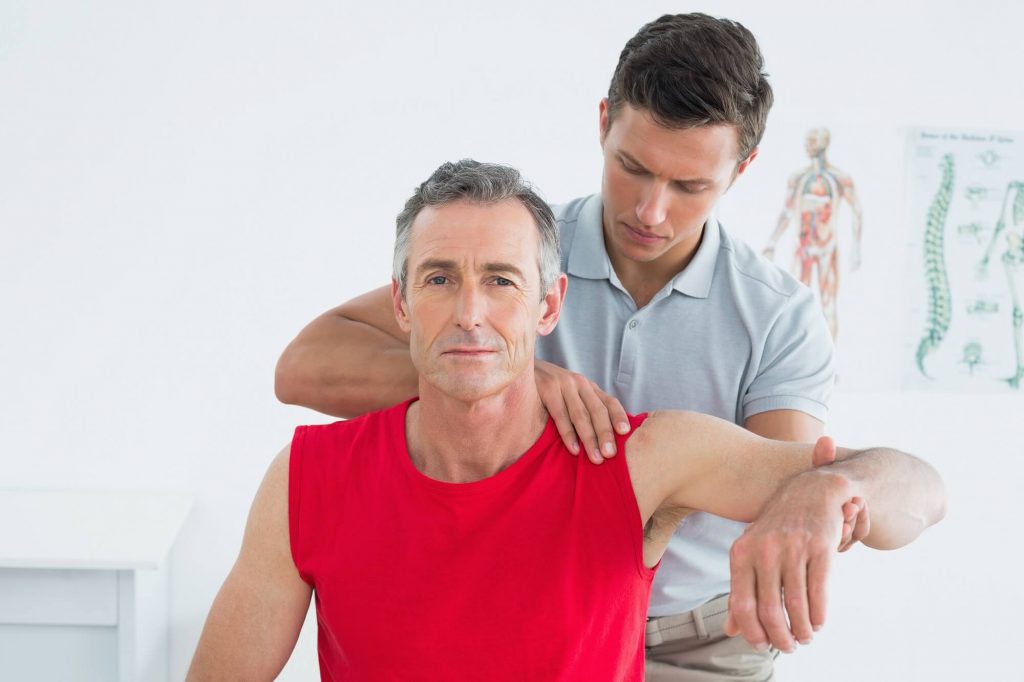
Hyperbaric Oxygen Therapy (HBOT) and Stroke


When a stroke happens and life as you once knew it changes, the road to recovery can feel impossibly hard. But rest assured, all is not lost. Aviv Clinics uses advanced tools and therapies to treat stroke by unlocking your mind and body’s natural rejuvenation abilities. Learn all about Hyperbaric oxygen therapy and stroke so you can regain physical vibrancy and emotional well-being.
What Is a Stroke?

A stroke happens when part of the brain’s blood supply is cut off due to a clot or a blood vessel rupture. This impact stops the brain from receiving the oxygen it needs, causing brain cells to die.
- Stroke is the second leading cause of mortality.
- Stroke is the third highest cause of disability worldwide.
- The prevalence of post-stroke cognitive impairment ranges from 20-80%.
- Survivors may suffer from some form of motor dysfunction or brain impairment (i.e., memory loss, difficulty focusing and processing information, and the inability to reason).
The Primary Types of Stroke
The primary types of stroke are:
- Ischemic stroke: Blood clots, fatty deposits (plaque), or other particles block the blood vessels to part of the brain.
- Hemorrhagic stroke: A weakened artery in the brain leaks blood or ruptures, putting too much pressure on brain cells and damaging them.
- Transient ischemic attack (TIA): Not a true stroke (often called a mini stroke, silent stroke, or warning stroke). These are often caused by blood clots and symptoms should not be ignored.
Ischemic strokes make up 87% of all strokes (including TIAs), with hemorrhagic comprising the other 13%.
Hope exists for stroke survivors with the Aviv Medical Program—a customized medical approach that can help stroke patients achieve improved performance and health.
If you or a loved one has suffered from an ischemic or hemorrhagic stroke or a transient ischaemic attack (TIA), we may be able to help.

What Are the Signs and Symptoms of a Stroke?
Timely intervention is critical with stroke. Two million brain cells die every minute during a stroke, increasing the risk of permanent brain damage, disability, and death.
One helpful tool for remembering the key signs and symptoms of a stroke is the F.A.S.T. acronym:
- F–Facial drooping. Is the person able to smile normally? Does one side of the face droop?
- A–Arm weakness. Can the person raise both arms to equal height? Does one drift downward?
- S–Speech difficulty. Is the person slurring their words or having trouble communicating?
- T–Time to call 9-1-1 immediately.
What Are the Symptoms and Signs of a Silent Stroke?
Some people experience a stroke without realizing it. This is called a silent stroke. Symptoms may go unnoticed or be blamed on other health conditions.
There are 10 symptoms and signs of a silent stroke.
1. A lapse in or loss of short-term memory
- Asking a friend to repeat instructions they just told you
- Unable to remember a recent activity you engaged in
2. A decreased ability to think or reason
- Games (e.g., Sudoku, crossword puzzles) are more difficult than usual
- Feeling frustrated about not being able to understand someone
3. Mood changes
- Suddenly irritable, anxious, apathetic, or depressed
- Crying or laughing for no obvious reason or at inappropriate times
4. Psychiatric disorders
- Having hallucinations or delusions
- Engaging in unusual motor behavior (e.g., nibbling food at the dinner table or repeatedly banging your head)
5. Trouble with balance
- Experiencing dizziness or feeling like your head is spinning
- Having trouble making quick adjustments to maintain balance
- Stumbling or bumping into things
6. Movement or walking impairment
- Toes catching on the ground when walking
- Difficulty walking a short distance
- Trouble walking and talking at the same time
7. Limb clumsiness
- Difficulty controlling hand motions
- Trouble typing on the computer
- Having a shaky leg
- Decreased hand-eye coordination
8. Incontinence
- Feeling the urge to urinate more often than usual
- Consciously or unconsciously leaking urine or stool during the day or while asleep at night
- Trouble emptying your bladder completely
9. Headaches or migraines
- Having more headaches or migraines than usual
- Getting long-term, persistent headaches
- Having headaches become severe enough to disrupt your daily activities
10. Vision issues
- Only seeing clearly with intense concentration
- Experiencing double vision
- A decline in the field of vision
How Can the Aviv Medical Program Help with Stroke Relief?

Most stroke survivors are told that their recovery will plateau after about six months, with only the potential for minimal gains after this period. Gaining functions and abilities more than six months post stroke requires working with a diverse medical team of physicians, nurses, and therapists.
Aviv Clinics leverages its comprehensive team to offer a high-quality program that meets your needs. Backed by over a decade of research, the Aviv Medical Program can combine the following in a customized program to help treat the body and brain after a stroke:
- Cognitive training
- Physical training and therapy
- Dietary coaching
- Hyperbaric oxygen therapy (HBOT)
How It Works: A 3-Step Process
Aviv Clinics’ approach entails a three-step process:
- In-depth medical assessment: We diagnose the severity of the brain injury using the most advanced brain imaging tests suited to your needs—perfusion MRI, fMRI, and/or SPECT. Our medical team also conducts physical, cognitive, and neurological tests to assess the suitability for our program.
- Tailored program: We use your results to develop a personalized, comprehensive therapy plan. This plan can include cognitive and physical training, dietary coaching, and hyperbaric oxygen therapy (HBOT) sessions.
- Post-assessment and evaluation: At the conclusion of your Aviv Medical Program, you’ll receive a detailed report of your results, including any cognitive and physical improvements. We repeat the tests from the initial assessment to measure your progress and make recommendations for ongoing progress.
Watch Cindy’s Remarkable Story
Upon suffering a stroke, Cindy sought the help of the Aviv Medical Program.
Learn what her program was like and how her brain and body benefited.
“Because of Aviv, I’m now walking without a cane. The fog and fear are gone. I got in a golf cart within six weeks from the time I started!”
“It didn’t take long at Aviv before I had the courage to try new things. The therapy I’ve gotten, it’s incredible.”
Speak with an Aviv team member to learn if you’re a candidate for our program.
Stay educated on stroke by joining our on demand webinar.
Recovering After a Stroke: Is it ever too late?
The 5 Stages of Stroke Recovery
There are five support stages to post-stroke recovery. Each stage represents a milestone that gets you closer to optimal health.
- Thinking, memory, and perception training: Neuropsychologists typically step in and assesses measures memory, learning, and processing speed.
- Communication and language training: Stroke patients with aphasia are often referred to speech-language pathologists (SLPs). SLPs help individuals relearn communication and language techniques. One study found when early aphasia therapy is provided, “people have a massive increase in their ability to communicate at 12 to 26 weeks after their stroke.”
- Exercise and mobility training: Physical challenges are common among stroke survivors, meriting a physical therapist (PT) who can help patients relearn and regain physical activity. Consistent PT lowers the risk of hospital readmission among post-stroke patients.
- Nutritional training: Nutritional training can be beneficial, especially for those who are unable to swallow well or experience difficulties using their arms/hands to eat. Dieticians can also address those concerns and provide recommendations.
- Hyperbaric oxygen therapy (HBOT): More than a decade of research illustrates the benefits of using HBOT post stroke. HBOT for stroke patients is a therapy process where patients are prescribed time in an oxygen chamber, breathing in 100% oxygen at fluctuating levels. Researchers have noted significant improvement in stroke patients after treatment with HBOT, even several years after the stroke.
What Role Does HBOT and Stroke Play in Improving Your Post-Stroke Life?
Aviv Clinic’s hyperbaric chambers pressurize air to above atmospheric levels. This environment increases oxygen levels in the body up to 20 times higher than normal, delivering oxygen to damaged cells injured by stroke.
The Aviv unique HBOT protocol for stroke uses a scientifically validated process in which oxygen levels fluctuate throughout the session. This fluctuation triggers the body into cell repair and regeneration mode.
What Benefits Can Stroke Survivors Achieve?
When combined with personalized cognitive, physical, and nutritional plans, HBOT as a part of your stroke regimen may produce impressive outcomes, even years after a stroke:
- Regained speech and ability to read/write
- Restored motor function, even with paresis
- Return to independence in performing daily activities
Many of our clients report the biggest benefit is simply not being “a burden” on their loved ones.
Here is the full breakdown of how our medical program can impact the brain, body, and cells even years after suffering a stroke.
Benefits for your brain*:
- Rejuvenation of injured brain tissue, restoring some impacted functions
- Increased blood flow in the parts of the brain associated with sensation, memory, vision, and attention
- New stem cells and blood vessels in the brain (angiogenesis)
- Improved psychomotor function (the combination of precise motor responses and cognitive problem-solving abilities)
- Triggered neuroplasticity (the brain’s ability to adapt/react in response to injury or disease) in injured parts of the brain
- Triggered neurogenesis (neuronal, or nerve cell) regeneration that occurs in the brain.
- Improved overall quality of life
*Individual patient results may vary.
Benefits for your body*:
- Better physical performance: mobility, fitness, strength, coordination, balance, gait
- Improved NIHSS (neurological motor function score), ADL (activities of daily living score), and EQ-5D (quality of life score)
- Boosted power and stamina
- Reduced pain (strong anti-inflammatory effect)
- Improved sleep quality
- Improved sexual performance
*Individual patient results may vary.
Benefits for your cells*:
- Strengthened immune system
- Encouragement for stem cells (the building blocks of tissue rejuvenation) to multiply and migrate
- Lengthened telomeres (the protective caps at the end of each strand of DNA) associated with extending our biological clock
- Reduced senescent cells (known to contribute to many age-related diseases)
- Increased mitochondrial function (the power center of the cell)
*Individual patient results may vary.
How Soon after a Stroke Can a Patient Participate in the Aviv Medical Program?
We recommend waiting three to six months after the stroke to participate in the Aviv Medical Program. This time allows the brain’s natural-healing progression to take hold, but even years after suffering a stroke, patients can see significant improvements. We’ve seen success in clients who were as many as 10 years into their stroke recovery.
Aviv Clinics Is Changing the Lives of Stroke Victims, One Patient at a Time
Backed by over 15 years of research, the Aviv Medical Program was formed under the scientific leadership of Dr. Shai Efrati—Director of the Sagol Center for Hyperbaric Medicine and Research at the Shamir Medical Center in Israel. Recent clinical studies at the Shamir Medical Center have evaluated the effects of HBOT on stroke patients suffering from neurological deficiencies.
Over 2,000 clients have been successfully treated with the Aviv protocol to date.
Post-Stroke Recovery: 4 Tips to Keep in Mind
To ensure the most successful post-stroke recovery, stay mindful of the following:
- Several factors influence recovery: What recovery looks like and how long it takes is different for everyone because of where in the brain the stroke happened, how much of the brain was affected, and other factors.
- Repetitive practice is key: Just like learning a new musical instrument, repetitive practice is the most important element in any neurorehabilitation program.
- Recurrent stroke prevention should be approached with vigilance: Nearly one in four stroke patients has had a stroke in the past.
- Measuring progress matters: Working with a premier medical staff that captures and tracks data is critical to success. The Aviv Medical Program tracks analytics to provide a detailed report of your health and progress.


